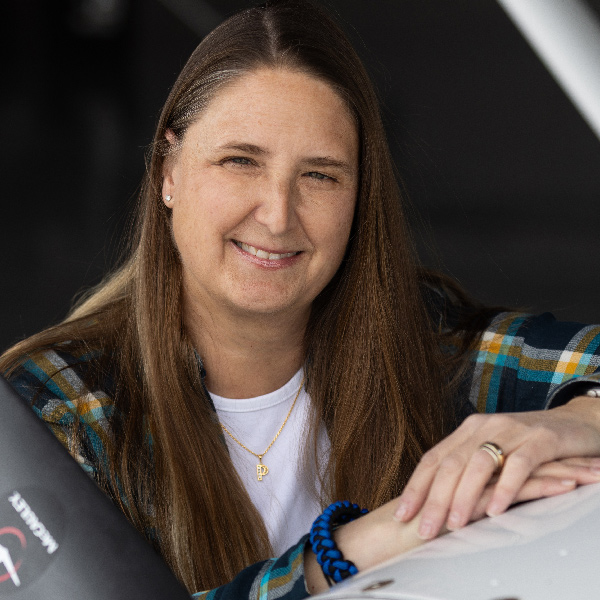Training and Safety Tip: Picture the pattern
Make mental modeling a habit
A recent flight took a friend and me to an airport about 30 miles away. We’d launched on a beautiful late summer morning, perfect for airwork and cross-country dead reckoning. We decided to practice some landings at the destination airport’s exceedingly long runway.
While we were puttering along in our single-engine light sport aircraft, we heard another pilot on the tower frequency, approaching from a different direction in a Lancair—a kit aircraft known for its high speed. We both made our appropriate radio calls, and the tower controller at the Class D airport sequenced us into the pattern first, assigning the faster aircraft, also coming in for touch-and-goes, to follow us.
The controller had directed us to fly a right-hand pattern, while he sent the other pilot to the left, intending to keep us well apart. But still, immediately after we called our downwind leg, the Lancair did too. It was clear that if someone didn’t do something, we would soon meet in the same slice of sky, approaching it from opposite directions while turning base to final.
My instructor-certificated passenger was getting a little antsy and declared on frequency that we would do a 360-degree turn for spacing and allow the other aircraft to go ahead.
Both the controller and the other pilot thanked us for our foresight.
Nothing terrible happened, which was exactly the point. All three parties—us, the Lancair pilot, and the tower controller—enjoyed each other’s company for as long as it took us to fly another few laps around the pattern and then go our separate ways. However, it was a powerful lesson in situational awareness, and how to think ahead to avoid a situation that could have quickly turned hazardous.
By creating a mental map of the traffic pattern and imagining our position in the pattern relative to an aircraft that was obviously traveling a lot faster than ours, we were able to deconflict with minimal effort, and to the appreciation of others.
To a task-saturated, stressed-out trainee pilot, this initially sounds terribly complicated. You feel like you have enough to worry about on your own flight deck, without fretting about what others around you are doing. But learning how to manage these unexpected aerial conflicts is a key skill that will help make you a safer and more considerate pilot—both at towered fields and (even more importantly) at nontowered airports.
Next time you fly, imagine what you look like to others, and where you fit into the airspace that you’re currently sharing. A simple gesture like making room for a faster, more powerful aircraft is not only a wise safety choice—it also goes a long way to endear yourself to your fellow pilots.




